We work with in-house science writers, and closely with external ones, to place articles in publications such as Nature and Nautilus, The Times and The Daily Telegraph. These promote our views, celebrate our discoveries and shape the debate on how to do and fund science.

Ukraine war11 Jun
Beyond politics
Russia's brain drain is Britain’s gain. Yet the pursuit of knowledge, through global scientific collaboration, should transcend politics.

AI-assisted maths14 May
Conjuring conjectures
In a Nature World View piece, our director Thomas Fink argues that mathematics is an ideal testing ground for AI-assisted discovery.

Cognition13 Apr
Talking is thinking
Talking engages robust muscles of thought—not least when mathematicians take their problems to the blackboard, argues Thomas Hodgkinson.

Creativity18 Mar
Creative convergence
The advertising guru Graham Fink waxes lyrical about equations and working with the London Institute on the How Do You Feel Today? podcast.

Science history16 Mar
Let's talk about science
For its 225th birthday, our writer Thomas Hodgkinson hails the Royal Institution as proof of the vital importance of science communication.

Number theory5 Mar
Elliptic curve mystery
Quanta reports on work by Yang-Hui He, who co-discovered unexpected patterns in a property related to the curves’ integer roots using AI.

Geometry29 Feb
Geometry’s dominion
Following his popular Discourse, Yang-Hui He joins writer Madeleine Hall to talk about the mysteries of geometry on the Ri Science podcast.

Ukraine war20 Feb
Security and freedom
A Bloomberg piece names our Arnold and Landau Fellowships as one of the few programmes offering help to Russian and Ukrainian scientists.

Creativity11 Jan
The art of blackboards
In a piece in Nautilus, our scientists talk about why they prefer the 1,000-year-old technology of blackboards to their digital equivalents.

AI-assisted maths9 Jan
A Birch for AI's back
In a Nature correspondence, our scientists argue that, by the terms of "the Birch test", no AI has yet made a genuine mathematical discovery.

Discovery5 Sep 2023
Science goes pro
Professional sport has a lot to teach scientists about pushing the limits of human achievement—so why are we still content to be amateurs?

Ukraine war22 May 2023
The language of maths
A piece in The Times explains how, thanks to our Arnold and Landau Fellowships, mathematicians divided by war can find a common denominator.

Probability4 Apr 2023
What are the chances?
In The Spectator, our writer Madeleine Hall hails John Venn, who pioneered not only Venn diagrams but also frequentist probability.

Science history14 Mar 2023
The big bang
A century ago, in our rooms in Mayfair, Sir James Dewar died. Our writer Thomas Hodgkinson pays tribute to the inventor of cordite in Nautilus.

Ukraine war23 Feb 2023
Science without borders
Our Arnold and Landau Fellowships continue a tradition of contact and collaboration between British and Russian scientists dating back to Newton.

Discovery13 Feb 2023
Accelerating science
In a letter in The Times, our Director Thomas Fink argues that supporting independent research centres will accelerate discovery for Britain.

Mathematics9 Dec 2022
The beautiful game
The beautiful game of mathematics, accelerating discovery by seeing patterns among the patterns, deserves a Nobel prize all of its own.

Ukraine war10 Oct 2022
Landau lives on
In the Thunderer column of The Times, Thomas Fink argues that Britain should open its doors to Russia’s top physicists and mathematicians.

Ukraine war6 Oct 2022
Boost for British science
In Nature, the London Institute argues that its five new Research Fellowships for Russian theorists will be a boost for British science.

Evolvability11 Aug 2022
Price of immortality
Like Orpheus in the Underworld, the London Institute is challenging mortality, says our writer Thomas Hodgkinson in The Sunday Telegraph.

Ukraine war1 Jul 2022
History repeats itself
The Royal Institution supported scientists fleeing 1930s authoritarianism. Now, thanks to our Arnold Fellowships, history repeats itself.

AI-assisted maths6 Jun 2022
AI helps with maths
An AI that can turn mathematics problems written in English into a formal proving language could make them easier for other AIs to solve.

Ukraine war13 May 2022
From Russia with math
History suggests our new posts for physicists and mathematicians from Russia, Ukraine and Belarus will have an enduring impact on UK science.

Evolvability1 May 2022
Death, be not proud
The Washington Post explains how man's mad search for immortality is getting serious in our cell programming collaboration with bit.bio.
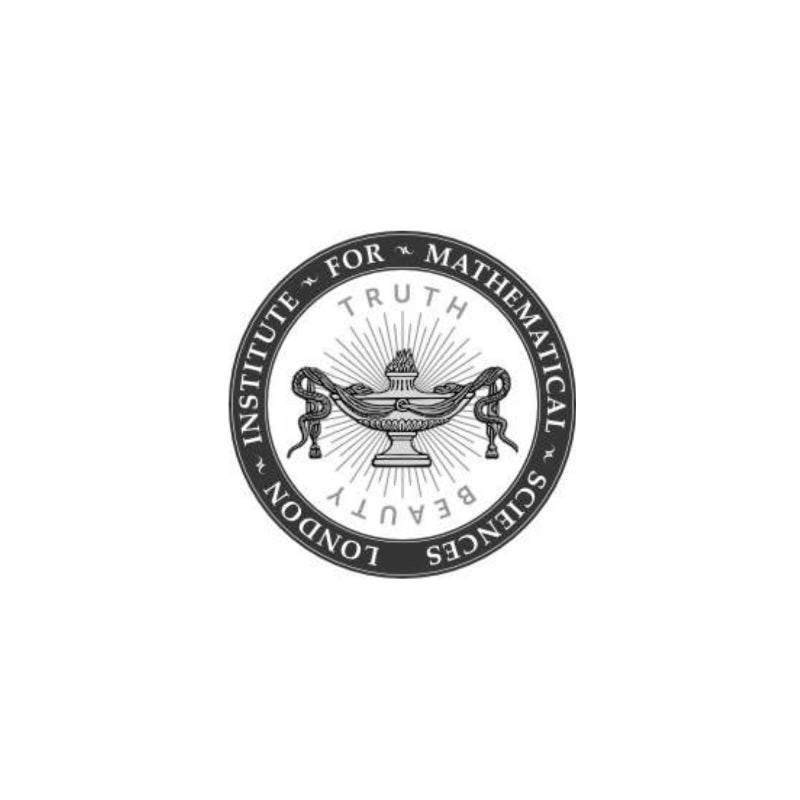
Design21 Apr 2022
Designing web design
To mark our Webby nomination, we describe the design principles behind our website and how they evolved in tandem with the Institute itself.

23 challenges12 Jun 2021
Challenging Times
Is free will a mathematical problem? How about immortality? Or the quest for AI? The Times reports on our 23 Mathematical Challenges.

Work7 Jun 2021
Intelligent organisation
Showing up for work makes organisations more intelligent, because it let’s workers switch between focus and interaction in an unplanned way.

Discovery7 Mar 2021
Britain’s DARPA
As the government creates its Advanced Research and Invention Agency, it could learn from the exceptional history of the Royal Institution.

Opinions23 Feb 2021
Move to the Ri
The London Institute has moved into the iconic Royal Institution, where it will expand its programme of curiosity-driven theoretical science.

Discovery29 Jan 2021
Independent science
Supporting non-university research institutes with core funding will finally give aspiring researchers an alternative to a university job.

Interview17 Dec 2020
A singular mind
In an interview with Thomas Fink, Sir Roger Penrose talks about his Nobel Prize, the beauty of physics—and why AI is nothing to fear.

Discovery8 Dec 2020
The value of theory
From Newton to Maxwell to Penrose, Britain has always excelled at theoretical science—so why doesn't the government do more to support it?

Partnership13 Nov 2020
LIMS-bit.bio
Forbes explains how the London Institute, working with the biologists at bit.bio, may revolutionise our understanding of human life.

Partnership27 Oct 2020
LIMS-bit.bio
The Times welcomes the collaboration between London Institute mathematicians and the biologists at bit.bio to crack cell reprogramming.

Partnership22 Oct 2020
Maths, meet biology
Verdict reports on the collaboration between the London Institute and cell coding company bit.bio to decode the operating system of life.

Discovery14 Mar 2020
Back to basic science
Basic science—the kind done without consideration of its usefulness—leads to the biggest breakthroughs, which is why we need to protect it.

Innovation24 Feb 2020
Taming complexity
Complexity may be hard to unpick, without being inherently bad. Ensure the benefits of any addition to company systems outweigh its costs.
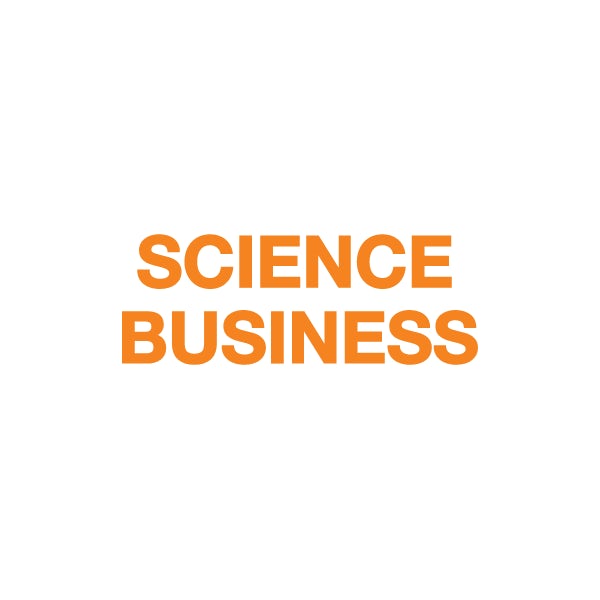
Discovery30 Jan 2020
Taking back research
In today’s Science|Business, the London Institute welcomes the prospect of a UK DARPA and calls for shorter turn-around times for funding.

Discovery5 Nov 2019
Basic science after Brexit
EU funding favours applied research over basic science, but Brexit is a chance to redress the bias and protect curiosity-driven research.

Discovery4 Apr 2019
A new kind of science
More independent research centres would provide an alternative to the university model of research, where teaching is bolted to science.

Discovery1 Apr 2019
Sage of discovery
British Airways’ inflight magazine runs a three-page profile of the London Institute, its founder and its new approach to doing science.
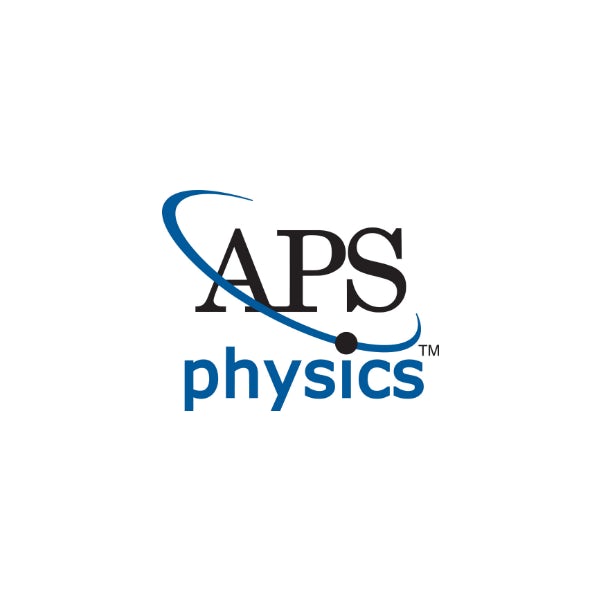
Thermodynamics31 Jul 2018
Slurry in a hurry
The 3D structures of slurries—fluids full of solid particles—can be swiftly measured using a single 2D shot and electron diffraction data.

Discoveries3 Mar 2018
Whatever you say
If you meet a conspiracy theorist, don't bother trying to change their views. Encountering the truth only makes them more pig-headed.
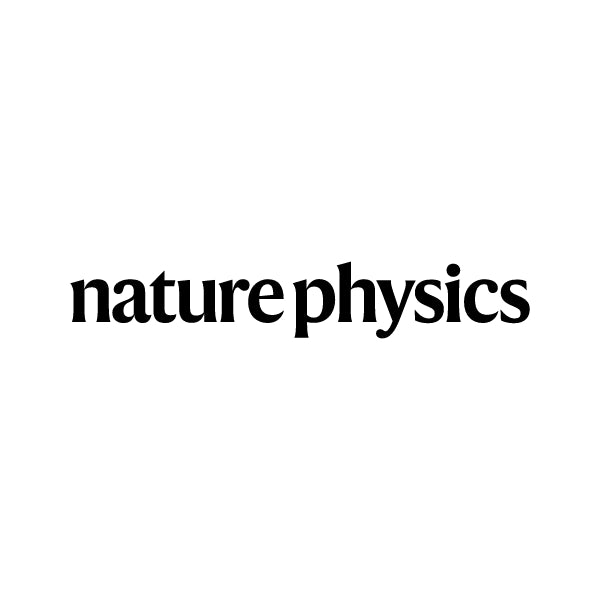
Innovation25 Sep 2017
Yes you cayenne
In innovation, the most apparently niche ingredients may turn out to be the most useful, as the structures of recipes become more complex.

Discoveries10 Jun 2017
Moore means less
Following Moore's law, solar power will become ever cheaper as an energy source—and there’s nothing Donald Trump can do about it.

Markets10 Apr 2017
A little bird told me
Twitter sentiment during busy periods, such as ahead of quarterly earnings releases, provides some indication if a stock will rise or fall.
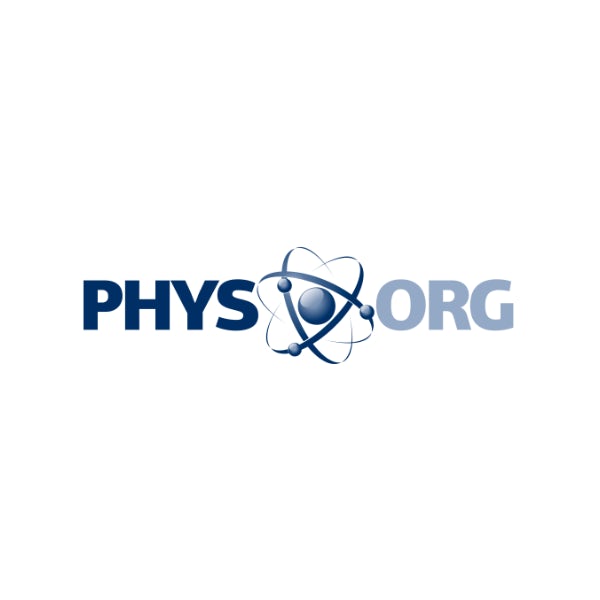
Financial risk5 Apr 2017
Fools rush in
Measures meant to stabilise economies may have the opposite effect, creating cyclical structures in the networks of contracts between banks.

Innovation6 Jan 2017
Harnessing Serendipity
Quirky and apparently mysterious, innovation is critical to sustained economic growth—and mathematics can help us understand how it works.

Tech progress12 May 2016
The future’s bright
Architects are designing rotating homes to increase the efficiency of solar power, while its cost is set to keep falling by 10% annually.

Tech progress26 Jan 2016
Here comes the sun
The cost of solar power will continue to fall by 10% annually, meeting 20% of global energy needs far sooner than has been predicted.

Markets25 Jan 2015
A stock response
The simultaneous study of news sentiment and browsing behaviour, even on small time-scales, can help to predict stock market fluctuations.

Network theory4 Oct 2014
Beauty in repairability
The hunt for networks that best combine efficiency with repairability, to avoid breakdown, leads to structural designs that resemble snowflakes.

Network theory3 Oct 2014
Snowflakes don't break
Snowflake-shaped networks, with redundant arms that come into use when main branches break down, are easiest to fix when disaster strikes.

Fractals20 Feb 2013
Towers of strength
The Eiffel tower is now a longstanding example of hierarchical design due to its non-trivial internal structure spanning many length scales.